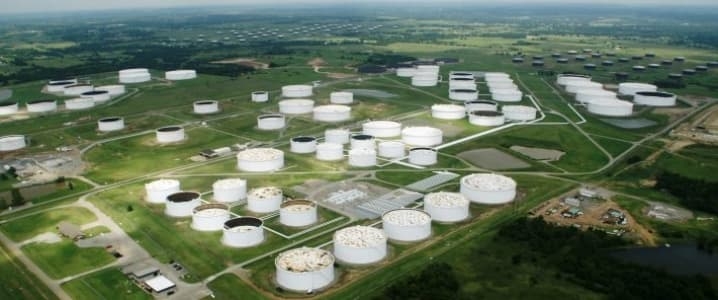After Chevron last week said it will increase its capex for 2019 for the first time in four years, this week two more oil majors joined the ranks of optimists in the oil industry: although they are not raising their budgets in any significant way. Hess Corp. and ConocoPhillips both expect to perform better next year.
Conoco issued a statement presenting its spending plans on Monday, saying it would allocate US$6.1 billion for capital expenditures, expecting production of between 1.3 and 1.35 million bpd, excluding Libya, versus 1.356 million bpd in 2017, also excluding Libya. However, the 2015 figure would be higher than the latest quarterly production figure available from Conoco: the company said in its third-quarter report it produced 1.224 million bpd of crude.
In more—and more significant—good news, Conoco said it expected to generate free cash flow at West Texas Intermediate prices of US$40 or higher. As investment banks begin to revise downwards their price forecasts for oil benchmarks, the ability to be free cash flow positive at WTI of US$40 per barrel would certainly help Conoco enhance its attractiveness for shareholders. A plan to increase dividend payouts to more than 30 percent of cash from operations from 20-30 percent will likely help as well.
Hess Corp., for its part, said it expected production, excluding Libya, to increase to 270,000-280,000 bpd of oil equivalent from this year’s average of 245,000 bpd of oil equivalent. To do this, Hess will invest US$1.89 billion of its US$2.9-billion 2019 budget into production growth. The rest will be divided between project development and exploration, with US$570 million to go into development and US$440 million in exploration and appraisal drilling. Related: Analysts: Output Cuts To Balance Oil Markets In 2019
It’s worth noting here that Hess Corp. plans to spend the whole development allocation on the Liza project off the coast of Guyana, where the company has partnered with operator Exxon and where earlier this month both announced a tenth discovery, raising the reserve estimate for the Stabroek deposit by 25 percent to 5 billion barrels of crude oil and gas.
Of the production capex, Hess Corp. said it will spend US$1.425 billion on expanding its production in the Bakken shale play where it will drill 170 new wells and begin production from 160 of these. These are certainly ambitious plans amid increased price volatility, reflecting the effects of cost discipline among many U.S. energy players.
Indeed, both companies signaled a continued focus on cost control in their budget statements. This makes perfect sense in an environment of stubborn oil prices and pessimistic global economic growth forecasts. The fact that even OPEC+’s announcement of a 1.2-million-bpd cut from global oil production failed to push oil prices higher for more than a day was a clear sign cost discipline must continue. Related: Canadian Crude Rises 70% On Unprecedented Output Cuts
“We no longer think of our value proposition as merely disciplined, we view it as the new order,” Conoco’s chairman and chief executive Ryan Lance said in the statement. “We believe we have designed ConocoPhillips to offer investors both resilience to lower prices and participation in higher prices via an approach that rations capital across a low cost of supply portfolio, competes on per-share versus absolute growth, and pays out a significant portion of cash from the business to shareholders.”
Hess’s CEO, John Hess, said “Our capital and exploratory expenditure program is designed to deliver strong returns, production growth and significant future free cash flow. As we focus spending on our high return investment opportunities, we will continue to reduce our unit costs to drive margin expansion and improve profitability.”
Chevron, Conoco, and Hess are firmly on the way of growing production without incurring additional costs. Quite the contrary, these companies—and they are not the only ones—plan to expand their production and continue lowering costs. That must be OPEC’s worst nightmare.
By Irina Slav for Oilprice.com
More Top Reads From Oilprice.com:
- The Next Big Development In Offshore Oil & Gas
- 2019: A Pivotal Year For OPEC
- The Real Implications Of The New Permian Estimates


















